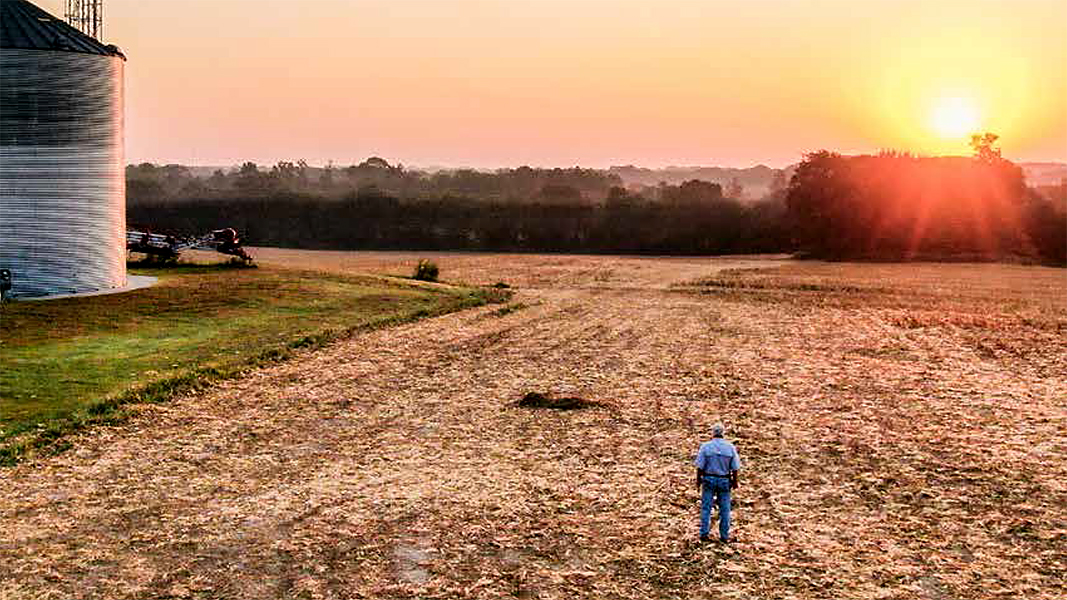Photo source: “USDA Climate-Smart Agriculture and Forestry Strategy: 90-Day Progress Report”
President Joe Biden’s January 27 Executive Order on tackling the climate crisis included a section on the role that America’s farmers, ranchers and forestry landowners play in combating the climate crisis and reducing greenhouse gas (GHG) emissions, “by sequestering carbon in soils, grasses, trees, and other vegetation and sourcing sustainable bioproducts and fuels.” The order directed the U.S. Department of Agriculture (USDA) to solicit input from Tribes, farmers, ranchers, forest owners, conservation groups, firefighters, and other stakeholders on how to best use USDA programs, funding and financing capacities to encourage voluntary adoption of climate-smart agricultural and forestry (CSAF) practices.
Feedback indicated that the CSAF strategy should recognize and account for co-benefits that CSAF practices provide beyond reducing GHGs, including protecting habitat, improving air, water, and soil quality, and building resilience. USDA also heard the need to remain attentive to potential adverse impacts of a CSAF strategy, particularly on already burdened communities, and to engage directly with community members. A 90-day progress report — “Climate-Smart Agriculture and Forestry Strategy: 90-Day Progress Report” — was released by USDA in May 2021 that includes 7 recommendations; each one describes specific actions to achieve the recommendation. For example, one recommendation is to “Leverage existing USDA programs to support CSAF strategies.” One action is to “Reduce food loss and waste (FLW),” building on USDA’s commitment to meet the national goal of a 50-percent reduction in FLW by 2030.
Recommendation #5 is “Support new and better markets for agriculture and forestry products generated through CSAF practices.” One of the actions is to support “deployment and development of methane digesters, biogas, and biobased products.” Cited revenue opportunities “include the generation of renewable electricity and the production of biobased products from manure, renewable natural gas (RNG) and liquifed natural gas (LNG). USDA should support producers as they enter these new markets and consider innovative finance mechanisms to provide upfront capital for biogas technologies and encourage the connection of multiple small operations to provide economical renewable energy production.”
The introduction of the Progress Report states: “climate-smart practices include activities that store carbon and improve resilience and soil health, such as reduced and no-till, cover crops, and prescribed grazing.” Noticeably absent is utilization of compost and other recycled organics that store carbon and improve resilience and soil health — as well as provide slow release nutrients. This is a serious omission and we are hopeful that new policy initiatives that support an increase in composting infrastructure and utilization of compost and other recycled organics lead to inclusion in CSAF practices.













